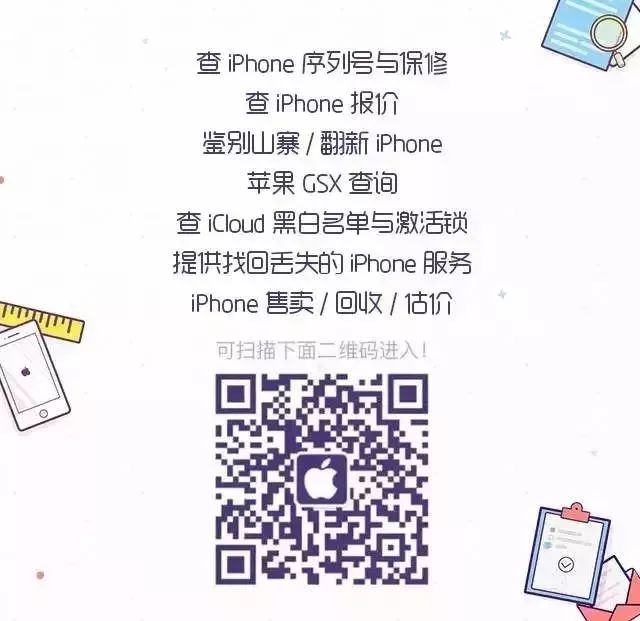☀Apple News Channelis the hottest and most followed Apple-related public account on WeChat! It’s a gathering place for Apple fans! Check Apple Warranty, Check Apple Serial Number, Check iPhone Prices, Apple iPhone Valuation, Buy and Sell Second-Hand iPhones, iPhone Recycling, Identify Fake Apple Devices, Retrieve Lost iPhones, all services can be provided here!
Mobile phones have evolved from initially pursuing performance specifications, to focusing on photography, and now to seeking screen quality. When it comes to screens, resolution is an important factor. Some flagship phones now feature 2K resolution. However, Apple has been relatively conservative with resolution, even falling behind the times. Last year’s iPhone XR had only a 720P resolution, and this year’s iPhone 11 also has only 828P resolution, 326ppi. As a result, many people are criticizing this resolution.
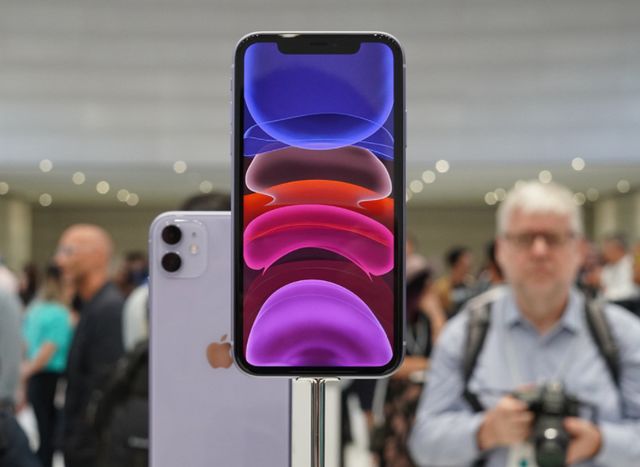
Currently, most smartphones come standard with 1080P resolution, yet for two consecutive years, Apple has released two models that do not meet this basic specification. Surprisingly, both the iPhone XR and iPhone 11 have sold well, and I haven’t heard buyers complain about the resolution being poor or the display being blurry. So why is that? This is mainly due to the influence of online discussions about specifications, because both the iPhone XR and iPhone 11 use LCD screens, which display differently from OLED screens.
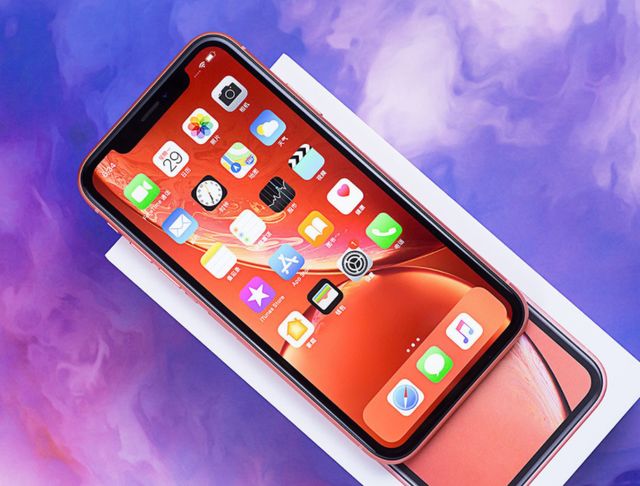
The vast majority of people do not understand the pixel arrangement of OLED screens versus LCD screens, and are unaware that to convert LCD screen resolution to OLED, one must multiply by the square root of 2, which is approximately 1.414. They simply compare parameters and see that both the iPhone XR and iPhone 11 do not reach 1080P, thus they start to criticize. If we convert the display resolution of the iPhone 11’s 828P screen to OLED screen resolution, it would be equivalent to 1170P. Many Huawei, Xiaomi, and other brands’ phones are 1080P, which is clearly higher.
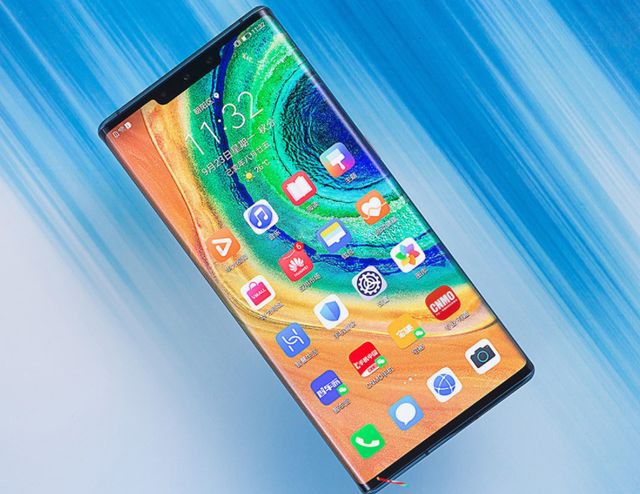
In essence, these are two different types of screen materials, and simply comparing specifications is meaningless. LCD screens have the advantage of being eye-friendly, as they do not flicker, but they also have drawbacks, such as not being flexible. Therefore, most current full-screen phones use OLED screens, as they are more flexible and provide more vibrant and saturated displays, but they can flicker, which is more harmful to the eyes.
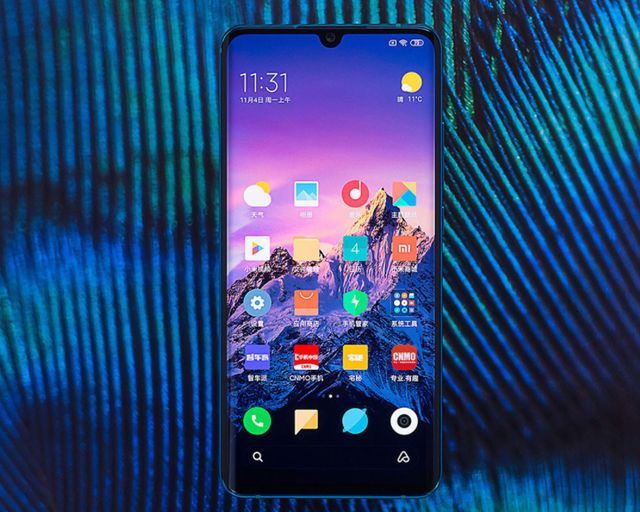
In conclusion, when it comes to smartphone screens, one should not focus solely on a single parameter. Both LCD and OLED screens have their own advantages; just choose what you prefer.
